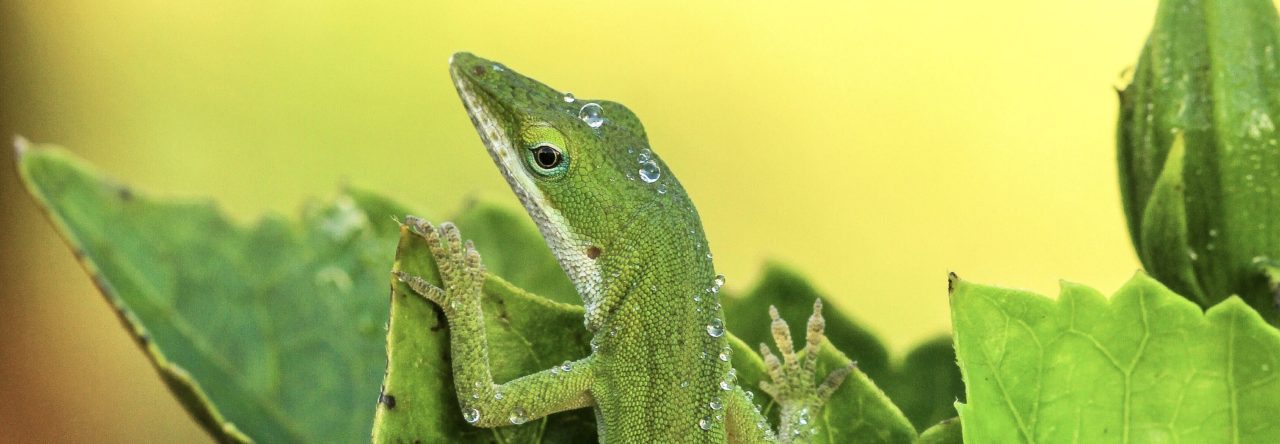
Example of a three-task Pareto front in a 3D morphospace, Figure 9 in Sheftel et al 2013.
I want all of your old performance data.
Who am I? I am a Ph.D. student and the thrust of my dissertation project is to arrive at a better understanding of how selection, trade-offs and constraints act on suites of performance traits, leading to adaptive phenotypic shifts in populations and, ultimately, evolutionary change. I am particularly interested in constraints imposed on performance evolution by intralocus sexual conflict, and in the relationship between preferred and maximal performance.
What am I going to do with it? I am conducting a meta-analysis of existing performance data, which involves mapping suites of performance traits onto lizard morphospace and fitting a multivariate response surface. This surface can then be used (by everyone!) to predict trade-offs between different types of performance traits in various selective contexts, and to identify regions of morphospace associated with performance peaks and valleys. These areas, and the taxa that occupy them, would thus be of interest in terms of looking for behavioral compensation or other solutions. Conversely, areas of morphospace devoid of extant taxa may be indicative of insurmountable constraints or something even more interesting. Such insights will, I hope, inform more exploratory, experimental and comparative avenues of investigations.
I’m focusing on Anolis in particular to start with, and I’d like to quantify the relationships between the span of extant anole morphology and any and all whole-organism performance traits. But to do this, I need data! Lots and lots of data! And I don’t have enough 🙁 Which means I need your data.
What I need:
Raw data1 from previously published studies involving performance trait data along with morphological2 measurements for any and all Anolis species would be very useful and much appreciated. The more coverage of morphospace/performance space, the more useful and powerful the model!
If you’ve ever measured any of the following performance traits in anoles, you’ll probably be getting a grovelling email from me, but just in case you have somehow escaped my scrutiny, or don’t want to wait for the grovelling email, here is what I am looking at:
- bite force
- sprint speed
- acceleration
- endurance
- exertion
- maneuverability
- jumping
- climbing
- clinging
Performance data for multiple traits measured in the same individual will be the most informative, but I will also need plenty of data on single performance traits. I have few other standards (as far as this project goes), so anything will be useful!
Thanks so much for reading this far! I sincerely hope this piques your interest and inspires you to share your work with me. I will of course be open to discuss any and all aspects of data-sharing, collaboration and subsequent use or availability of the data. All contributing authors will be acknowledged and papers cited, or whatever else is necessary! If you have anything you would like to contribute please feel free to contact me directly @ acespede@uno.edu.
1 I can use raw data files, in whatever format (e.g., .xls, .txt., .sys, .jpg of a lab notebook or rum-stained bar napkin).
2 I would be happy with anything from SVL-only to comprehensive measurements for individual limb components, toe pad area, etc. Body size and limb measurements are ideal!
(Figure from Sheftel, H., Shoval, O., Mayo, A., Alon, U. 2013. The Geometry of the Pareto front in biological phenotype space. Ecology and Evolution, 3(6): 1471-1483)





















